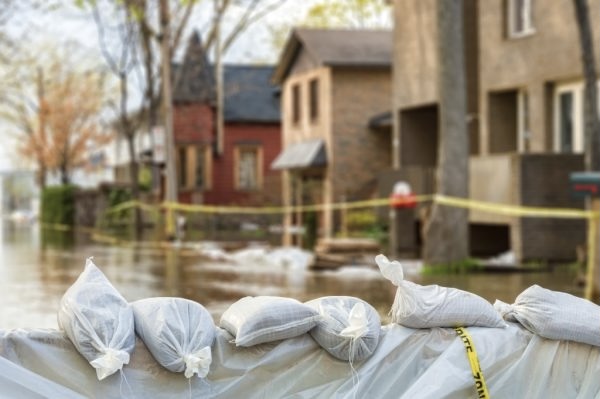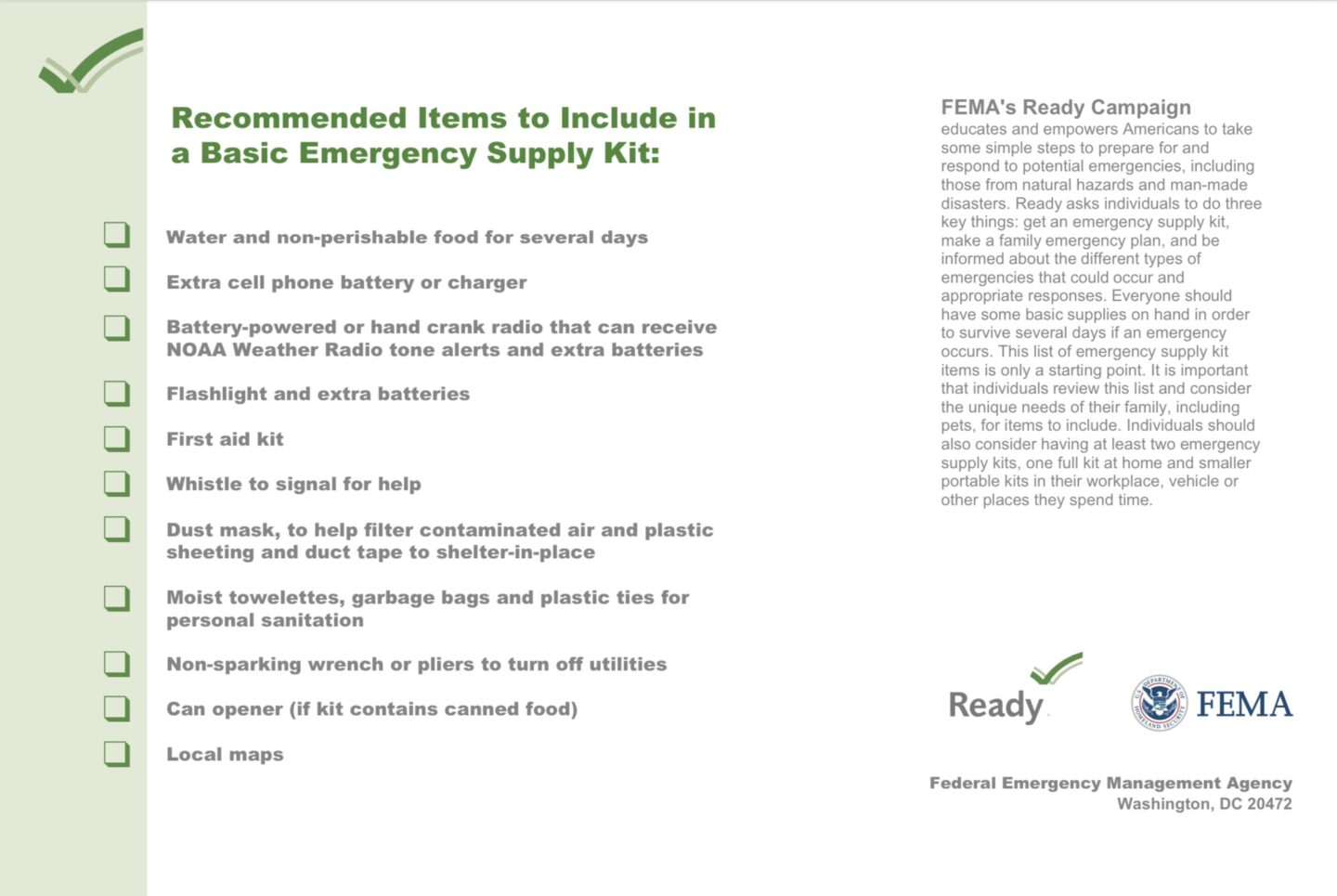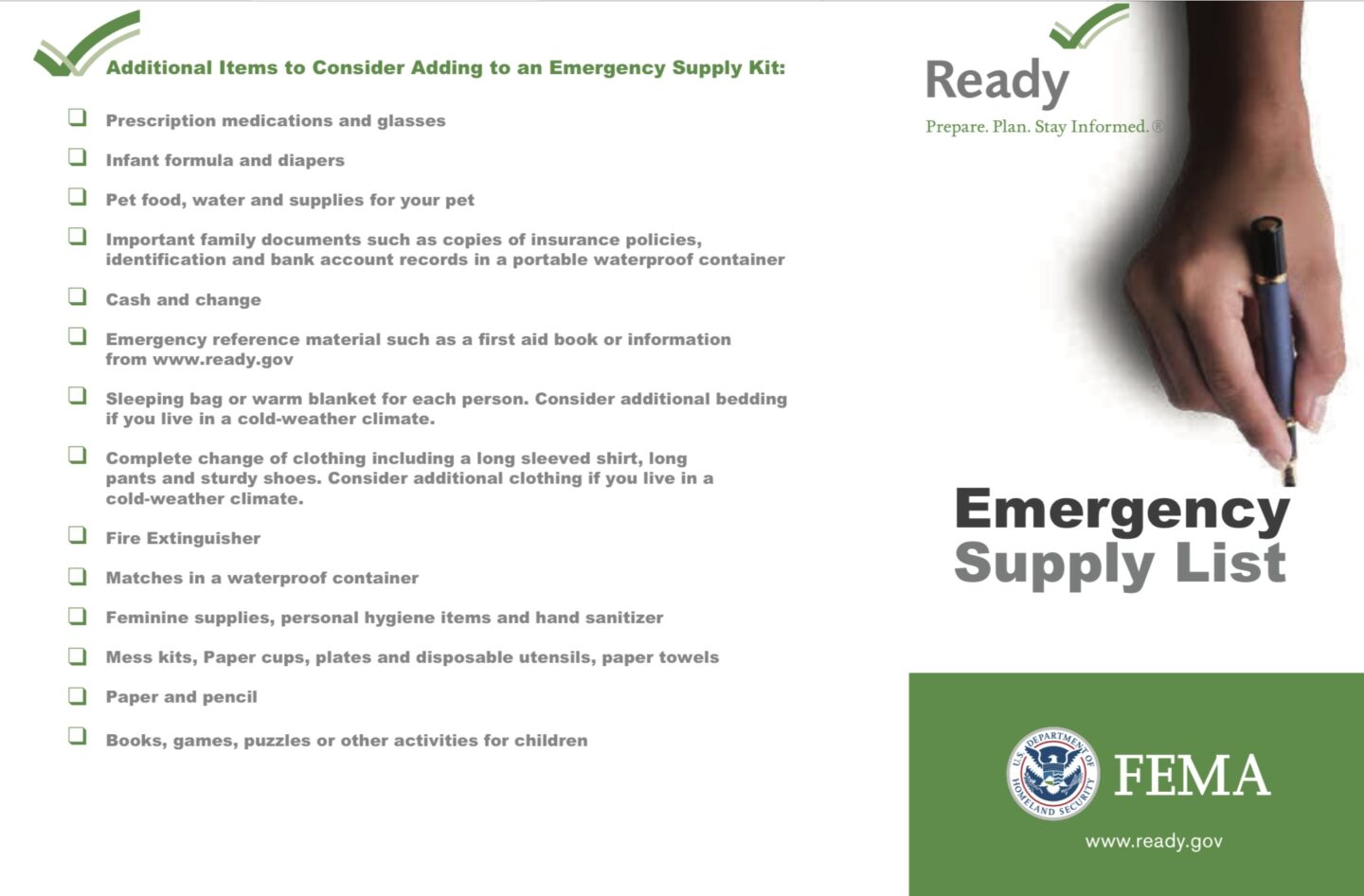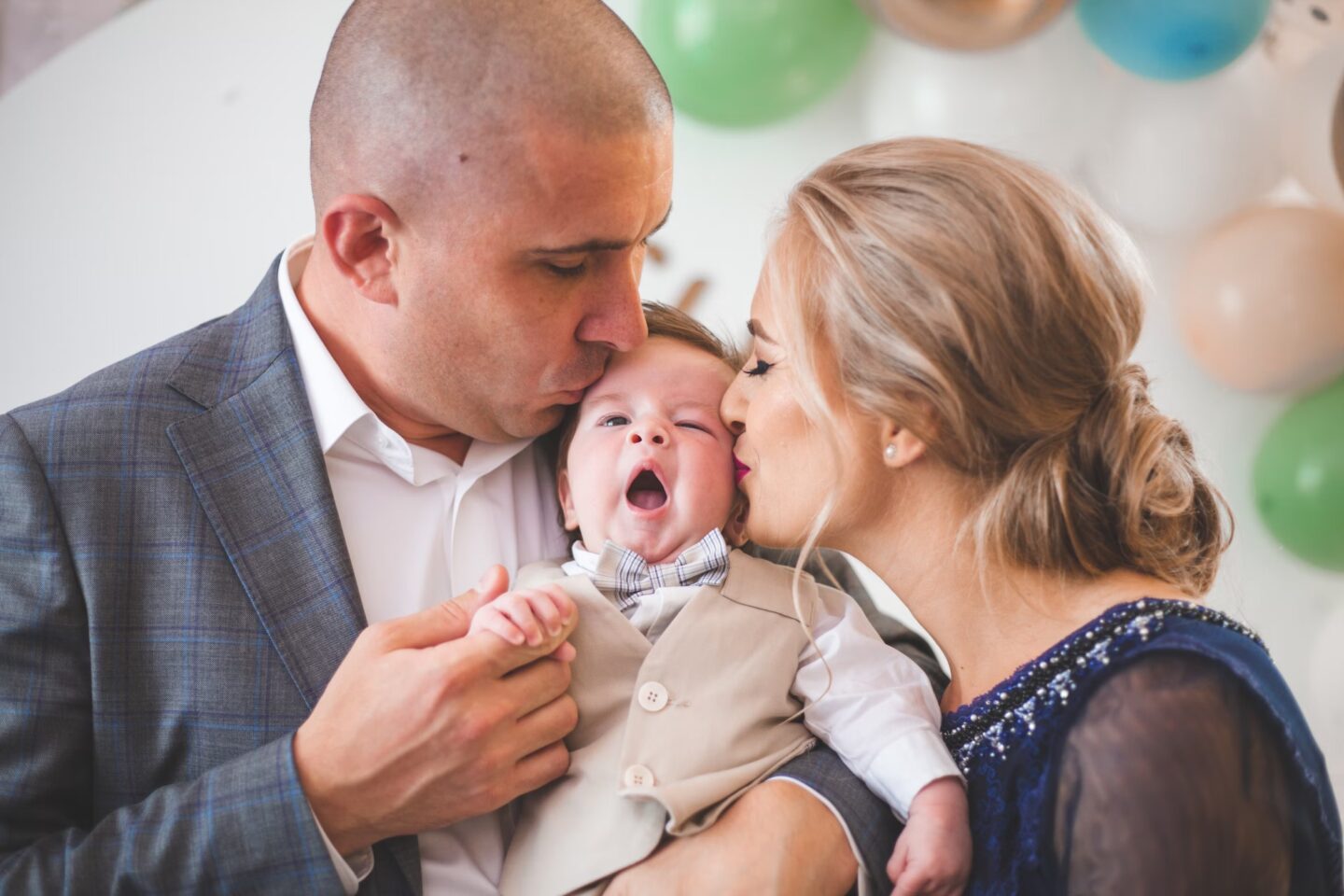Essential Flood Prep Tips You Need Now
Do you know what to do if a flood hits your area? Being unprepared can put your home and family at risk—let’s walk through the steps on how to prepare for a Flood.

Floods can happen quickly and with little warning—especially if you live in a flood-prone area. As someone who believes in staying one step ahead, I know how overwhelming it can feel to prepare for something you hope never happens. That’s why I’ve pulled together simple, practical tips to help you safeguard your home and protect your loved ones. Whether you’re stocking up on supplies or creating an evacuation plan, having a clear game plan brings peace of mind when it matters most.
Have you ever noticed how life has a way of surprising us when we least expect it? Sometimes, it feels like we’re sailing on calm seas, and then suddenly, a storm appears on the horizon, testing our strength and resolve. I’ve often marveled at the stories shared by my friends who have weathered hurricanes, experienced flooding, and braved the challenges of natural disasters. Their tales of resilience and strength have Their tales of resilience and strength have taught me that while we can’t predict when these trials will come our way, we can certainly equip ourselves with knowledge and preparedness to face them head-on.

Today, I invite you to join me on a journey of readiness, exploring practical tips and heartfelt advice as to how to prepare for a Flood. Because, just like a well-prepared sailor, with the right tools and a positive spirit, we can weather any storm that life throws our way. Together, we’ll learn how to stay afloat and emerge stronger, no matter what waters may come our way.
Did you know that Flood emergencies in the US have risen in recent years. In 2022 alone, there are 22 major flood disasters declared, causing massive disruption to people’s lives and homes. While floods are more common on the Gulf Coast, they can happen just about anywhere with substantial amounts of water in the vicinity or on any coastline across the country.
Protecting our homes against floods is vital to giving you a fighting chance of keeping your valuables safe and reducing the damage caused. So whether you’ve recently moved to a flood risk area or need additional tips for how to prepare for a Flood, this article will give you some useful tips.

Know Your Flood Risk
If you have lived in a flood-risk area for a long time, you might already know the risks, but for those moving to new locations or areas that have never experienced flooding before, visiting FEMA’s Flood Map Service Centre can give you an idea of the risk levels and any warning in place. Being trained as a Member of the Community Emergency Response Team in New England, I always advised friends, family and colleagues of the importance of signing up for Flood Alerts Services. It is a free service. This Service will let you know if and when to expect flooding to prepare your home as required.
A flash flood watch means a flash flood is possible, but a flash flood warning means flooding is already starting, and there is a risk of it occurring soon, and you need to take action. ARE YOU PREPARED?
Safe Spaces
Know your local communities’ safe spaces and how you can access them in the event of a flood. If you are on Vacation (which I had family members experience flooding) and this was KEY to their safety and well-being.

A flood risk area will have designated safe points that aren’t likely to be flooded where people can gather and wait for the floods to cease. Listen to advice and heed evacuation warnings moving only to safe spaces. THIS IS KEY. If this isn’t possible, move to the highest areas you can wherever you are, be it in attic spaces in your home or the highest floors in a building you are in, for added safety. Never linger when it comes to finding or knowing where safe spaces are.
Make An Emergency Plan
As companies such as American Water know, how you manage and prepare for the physical and flow challenges of water can define how it affects your life. That’s why making a plan is wise.
Know who to contact in an emergency, where everyone will be, and what they need to do. Knowing your child’s school flood procedure, your work’s flood protocol, and what your local state requires you to do can give you an excellent place to start. Have emergency contact numbers, a supply of water prevention tools, a way to move your belongings out of the risk area if possible, and an emergency supply kit in a safe space that will be less likely to be caught in a flood or is easily accessible to take with you if you need to evacuate. You need non-perishable foods, flashlights, batteries, bottled water, and anything else that might come in handy if you’re stranded, or your home is out of use for a while.


Be Insured
Flooding can and will cause massive damage to homes, and covering the cost of rebuilding from scratch or even enacting Water Damage Restoration experts to carry out repairs can be costly. Always make sure that your home insurance is up to date and covers you for the type of flooding you experience in your area. This can take a massive weight off your mind regarding the clean-up and getting your life back on track.
Post-Flood Cleanup
After a flood, prioritize safety. Wait for authorities to declare it safe before returning home. Be cautious of hazards like downed power lines, contaminated water, and weakened structures.
As we wrap up our discussion on flood preparedness, let’s remember that a little readiness goes a long way in safeguarding our homes and loved ones. Together, we’ve explored the essential steps – from staying informed to creating emergency kits and plans – that can transform uncertain moments into opportunities for strength and unity. By elevating our understanding, sealing vulnerable spots, and fostering open communication, we build a shield of resilience around our families and communities.

Conclusion:
Preparing for a flood may not be at the top of your to-do list—but a little planning now can make all the difference when the unexpected happens. I hope these tips have given you the confidence and clarity to take those first steps. Remember, peace of mind starts with being prepared.
Don’t forget to grab your Free Emergency Supply List Checklist, it’s a simple way to stay organized, feel empowered, and keep your family safe when it matters most.
Here’s to nurturing resilience, embracing preparedness, and supporting one another through every twist and turn. If what was shared in this Post ever becomes a reality (I Pray that it is not) Stay safe, stay strong, and remember, we’re in this journey together.
If you would like to share your experiences and tips for before, and after flooding, please be sure to leave your thoughts in the comment section. Our readers are always looking to be informed and prepared.
Before You Go
Enjoyed this post? Let’s stay connected!
📌 Follow me on Pinterest for daily home inspiration!
📷 Join me on Instagram for behind-the-scenes styling tips.
🛍 Shop my favorite home finds here.
📧 Subscribe to my newsletter for exclusive styling tips & freebies!
This post may contain affiliate links. This means I may earn a small commission at no extra cost to you when you make a purchase. Thank you for supporting The City Cottage!
